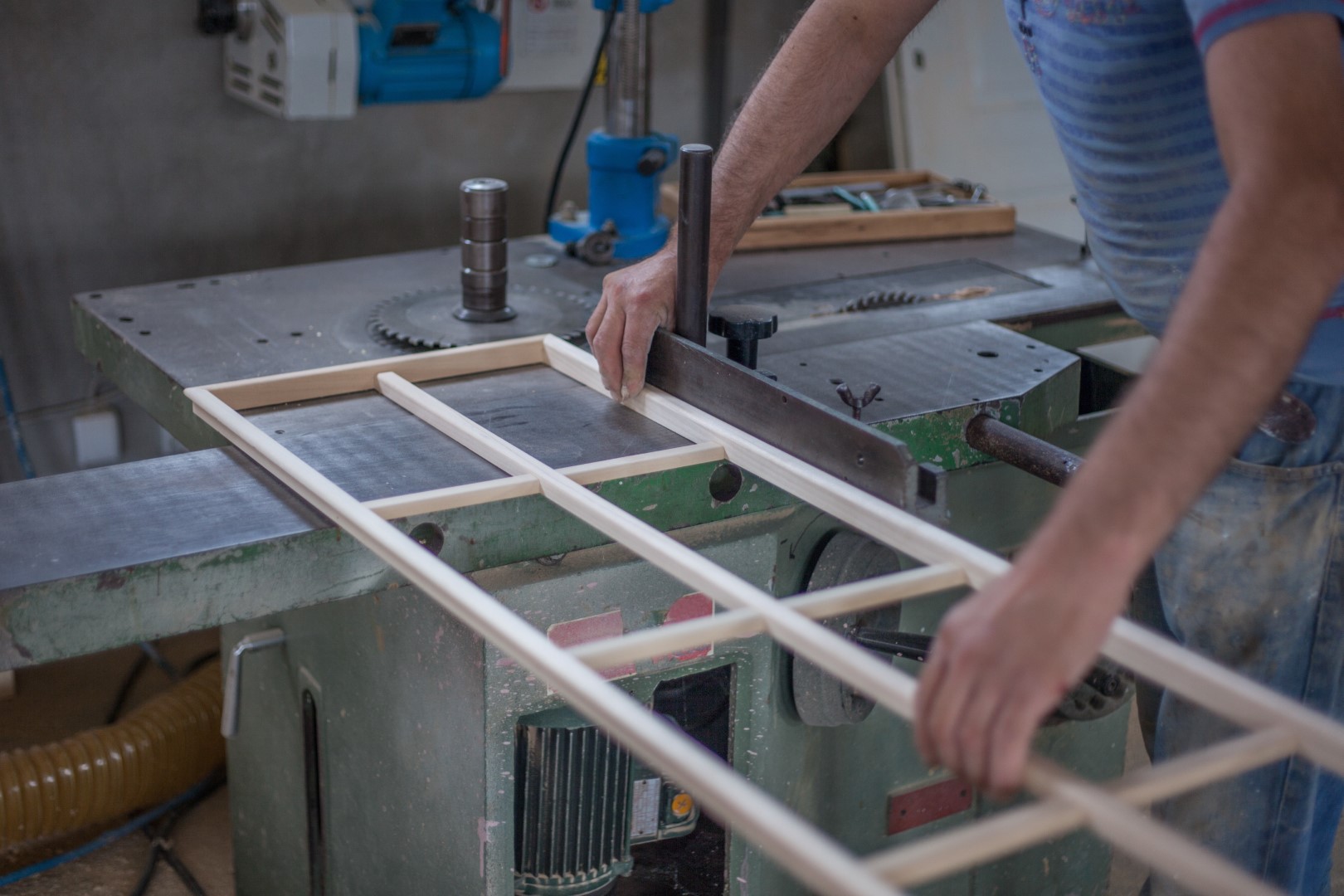The window manufacturing and installation sector has experienced advancements in recent years. These innovations have greatly streamlined the process of making and fitting windows, resulting in increased efficiency and cost-effectiveness. This article will delve into the ways in which technology has impacted window manufacturing and installation, illustrating how it has transformed the industry.
1. Automation in Production
Technology has revolutionized window manufacturing through automation. Window companies now utilize automated machinery and robots for tasks like cutting, shaping and assembling window components.
This automation not only accelerates the manufacturing process but also ensures precision and accuracy. Machines can consistently produce windows with dimensions, minimizing errors that may occur in production. Moreover, these automated systems enable manufacturers to meet rising production demands without compromising quality.
2. Enhanced Design Capabilities
Technological advancements have empowered window manufacturers to enhance their design capabilities. Computer-aided design (CAD) software allows manufacturers to create detailed digital representations of windows before production begins.
Through CAD software, manufacturers can generate three windows models, facilitating the assessment of various design options. This allows for tailoring to suit the preferences and structural needs of clients. It also aids in enhancing energy efficiency by integrating features into the designs from the outset.
3. Tools for Efficiency
The utilization of tools has significantly boosted efficiency in both the manufacturing and installation processes of windows. For instance, laser measurement devices have replaced tape measures, offering precise measurements quickly.
Likewise, handheld power tools have expedited installations and increased accuracy while lessening the strain on installers compared to techniques previously used. Technological advancements ensure installations can be carried out swiftly within deadlines while upholding quality standards.
4. Digitalization Processes
Technology has paved the way for a transformation in window manufacturing processes by digitizing documentation at each production stage. Digital records allow manufacturers to monitor progress, effectively guaranteeing adherence to quality standards and regulatory requirements.
Digitization also enhances communication among departments involved in manufacturing operations, fostering transparency, coordination and accountability. Manufacturers can easily access data on supply chain status, inventory levels, or product performance to aid in decision-making promptly.
5. Customer Experience
Technology has significantly enhanced the customer experience in relation to window manufacturing and installation. Websites nowadays offer customers the chance to explore a variety of designs and styles through platforms that mimic the look of their homes rather than solely relying on physical showrooms.
The use of virtual reality (VR) has revolutionized the customer experience by allowing potential buyers to visualize how different windows would appear in their homes with accuracy. This significantly aids decision-making by reducing uncertainties and aligning expectations with outcomes.
The introduction of chatbots and AI-powered interactive tools enables customers with queries about window installation or customization options to easily access information without having to wait for responses, leading to faster issue resolution times.
6. Enhanced Energy Efficiency
Technological advancements have played a role in enhancing the energy efficiency of windows. Energy-efficient windows are designed to minimize heat transfer, reduce drafts, and prevent air leakage, which results in energy consumption and decreased utility costs for homeowners.
Innovations like E (Low Emissivity) coatings and insulated glass have revolutionized window production. Low E coatings help reflect heat back into a room during winter while blocking heat during summer. Insulated glass comprises panes with a layer of gas or vacuum in between, offering insulation and soundproofing properties.
Moreover, smart window technologies are increasingly becoming popular. These windows are equipped with sensors that can detect changes in light, temperature or humidity and adjust their tint or opacity automatically to save energy. They can also be linked to home automation systems, allowing homeowners to manage their windows remotely.
In conclusion, the influence of technology on window manufacturing and installation is significant. Automation has boosted efficiency, accuracy and production capacity while reducing errors. The advancements in design offer customized options tailored to each client’s requirements. Tools like laser measurement devices simplify processes and cut down on costs.
Digitalization enhances transparency throughout production stages. Facilitates communication, fostering teamwork within companies that implement it successfully. Technological advancements enhance the customer experience by ensuring satisfaction through simulations using reality, facilitating informed decision-making for engaged buyers in our digital era.
As technology progresses rapidly, innovative solutions hold the promise of enhancements in the window industry going forward.
Discover more from Futurist Architecture
Subscribe to get the latest posts sent to your email.



